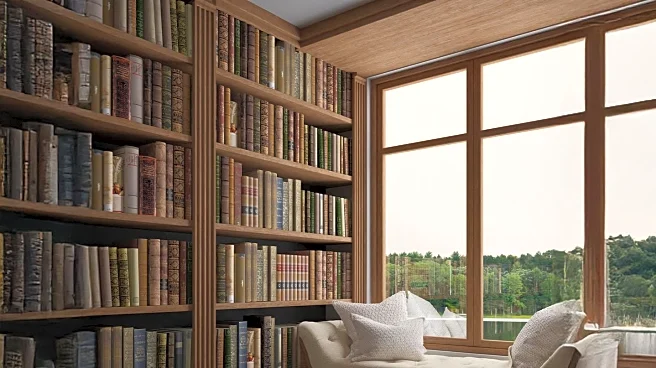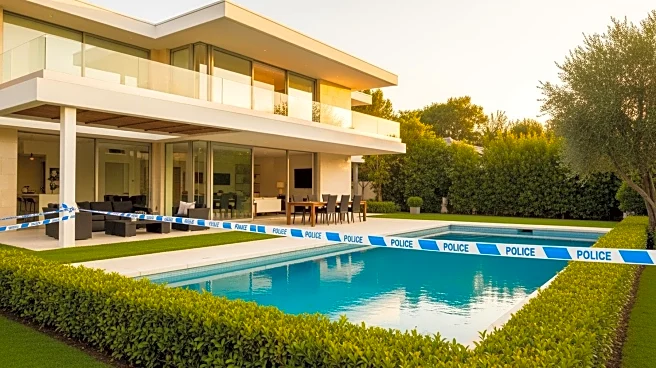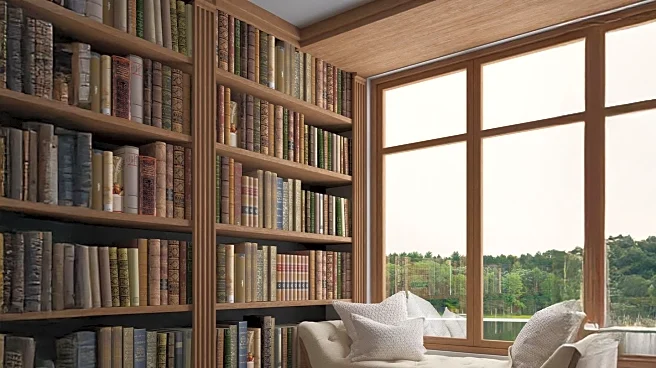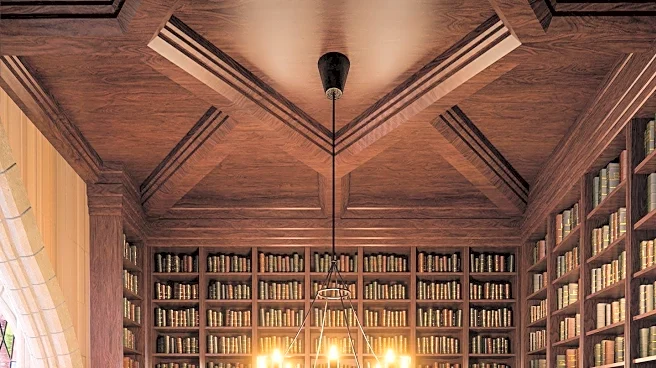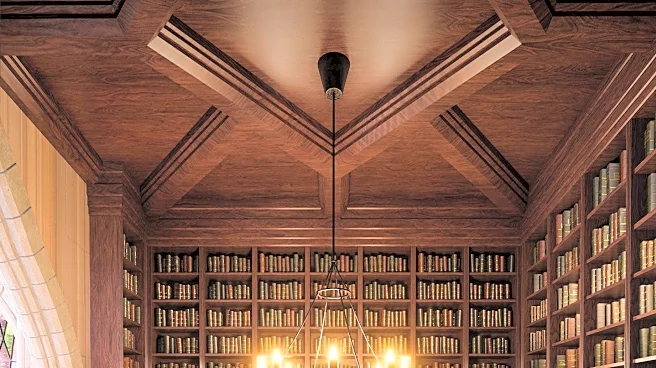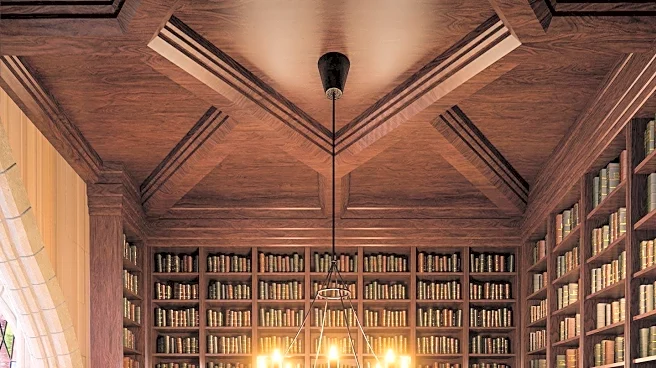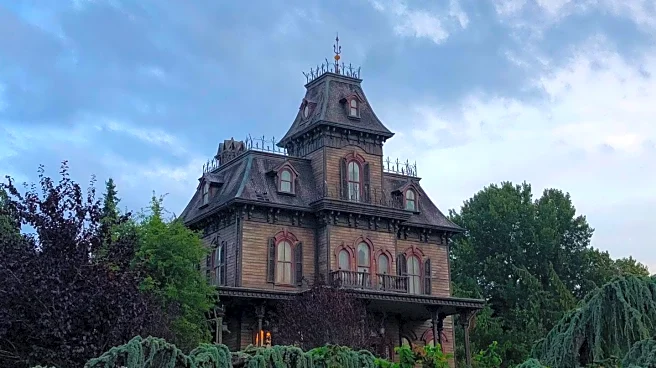What's Happening?
Experts in architecture and real estate have shared insights on identifying hidden spaces within homes, which may include secret rooms or passageways. According to Isfira Jensen, CEO and principal designer
of Jensen & Co. Interiors, subtle architectural clues can indicate the presence of concealed areas. These clues include unusually thick walls, doors that do not align, and extra space between adjoining rooms. Real estate expert Jackie Coffey adds that mismatched floor plans, such as shorter hallways or rooms that do not line up with exterior walls, can also suggest hidden spaces. Other indicators include seamless cabinetry disguising secret doors, uneven or replaced flooring, and windows visible from the outside but not inside. These architectural quirks may result from remodeling or structural adjustments over time, but when multiple inconsistencies are present, they could point to concealed areas.
Why It's Important?
The ability to identify hidden spaces in homes is significant for homeowners, real estate investors, and contractors. Discovering these spaces can reveal additional usable areas, potentially increasing property value. For buyers, understanding the full layout of a home is crucial for making informed purchasing decisions. Hidden spaces can also impact renovations, as they may require additional work to access or utilize effectively. Furthermore, uncovering these areas can provide historical insights into the property's past uses or modifications. For sellers, revealing hidden spaces can be a unique selling point, attracting buyers interested in novelty or additional storage options.
What's Next?
Homeowners and potential buyers may consider hiring professionals to assess properties for hidden spaces, especially in older homes where such features are more common. Real estate agents might start highlighting these unique aspects in property listings to attract interest. As awareness grows, architectural and design firms could offer specialized services to uncover and renovate hidden spaces, turning them into functional areas. Additionally, the trend of discovering hidden spaces may inspire new home designs that incorporate secret rooms or passageways as a modern feature.
Beyond the Headlines
The fascination with hidden spaces taps into cultural themes of mystery and exploration, often seen in literature and film. Ethically, the discovery of hidden spaces raises questions about transparency in real estate transactions and the responsibility of sellers to disclose all aspects of a property. Legally, there may be implications regarding property boundaries and the use of concealed areas, especially if they were not included in original plans or permits. Culturally, the trend reflects a growing interest in unique and customizable living spaces, as homeowners seek to personalize their environments.


